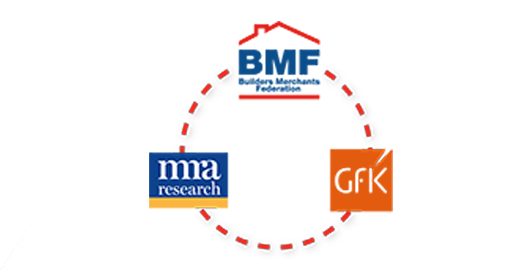Owlett-Jaton Comment: Q2 2024
Demand in the fastener and fixings sector has mirrored the general trends across merchants, with soft demand driven by the sluggish levels of construction and RM&I activity.
With the majority of the products in the sector being imported from the Far East, increased shipping costs are fuelling cost price increases. The continued use of the longer Cape of Good Hope route, because of the Red Sea issues and risks to shipping, has continued to attract surcharges, though these have been largely absorbed by importers.
However, the capacity reduction on the routes to and from the Far East, around 25%, caused by the longer journey times both out and back, has resulted in limited capacity and shipping lines moving costs up markedly.
Container prices, including Cape surcharges, were around $1,500 at the beginning of the year and surged to over $6,000 by July, though they have fallen back slightly from those peaks. These dramatic moves have added around 15% to cost prices for importers, which will add to inflationary pressures.
The increasing demand for environmental information, particularly the carbon content of products, is not unique to the fastener and fixings sector. The manufacture of these products involves a complex supply chain, not only with several processing steps but often with these steps undertaken by a number of separate companies.
Collating this information from Far East suppliers across the many thousands of products in fastener and fixing ranges to meet the needs of an increasing number of reports and standards, including Environmental Product Declarations, Carbon Border Adjustment Measures and the Code for Construction Product Information, is proving very challenging.
It has also highlighted a lack of consistency in the scope and detail of information required for the various applications. Carbon accounting is certainly on its way, but there is a need for a common standard across all applications.



